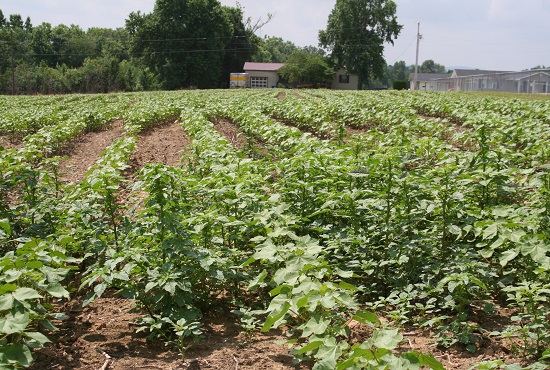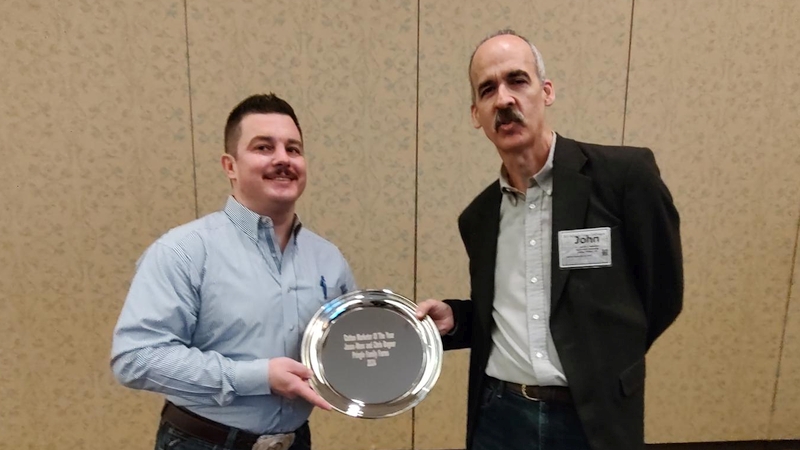The Role of ICA in Times of Unprecedented Uncertainty
Q How has the ICA adapted to better serve the needs of its members in a cotton industry that seems to be growing more complex by the day?
A The cotton industry has gone through many changes over the past 18 months and it will most likely continue as the industry consolidates itself. The ICA has had to respond to meet the needs of a changing membership and one way we are proactively adapting is by going out to see our members, holding open forums across the world where members can seek clarification, hear about new developments and bring suggestions of what they would like to see from the ICA. The message we are trying to get across is that we are here to listen to our members and that we want them to have a say in how the Association is run.
Another adaptation is our new-look website. It has been specifically designed to be user friendly, to give quick and easy access to all sections of the ICA — be it the Rules in Chinese language, downloading a copy of the Arbitration Guide Book or seeing the latest news about ICA developments. See: www.icaltd.org
Q What functions within the ICA are in most need at the moment?
A The unprecedented economic conditions have seen a dramatic rise in the number of arbitrations, which means that our arbitration service is in high demand. However, on a more positive note, we have introduced a new pricing format for our laboratory sample testing, which has seen a 50% rise in the volume of cotton being sent to us for testing and a 30% rise in the number of firms using our laboratory services.
Q ICA offers extensive arbitration training. Is that something you anticipate expanding upon?
A Yes. The current training is for a level one examination. This is the basic requirement in order to become an ICA arbitrator and the exam has been written to reflect the Arbitration Act. In order to ensure that ICA arbitrators continue to receive a high level of training, there is currently a project underway, led by the ICA Arbitration Strategy Committee, to introduce a second level course. This will be at an advanced level and, like the level one training, a key advantage is that it can be done in any location of the world. The examination can also be taken at any location, provided there is a Director of the ICA present.
Q With the volatility in the cotton market that began in 2008, has there been more of a need for arbitration?
A Unfortunately, there have been an unprecedented number of arbitrations coming to the ICA this year. In fact, the number is almost four times the amount of the previous year. I say ‘unfortunately’ because, in an ideal world, with complete adherence to contract sanctity, disputes would not arise and there would be no need for arbitration. Today however, this is not the case, but I sincerely hope that with a greater awareness of the ICA Bylaws and Rules and our continued commitment to educate our members — even those non-members who are trading under our rules — that the need for arbitration will be greatly diminished.
Q What other training does the ICA offer?
A The ICA offers the annual Complete Cotton Training Program, which is spread over two weeks and held in the spring. Whilst the training is aimed at individuals of all ages from the cotton community, or those new to the industry, the attendees are usually young industry professionals who have been sent by their companies in order to get a rounded education of all facets of the cotton industry. Twenty delegates took part in this year’s course and they all rated it very positively. Not only did the delegates increase their practical and theoretical knowledge, they got the opportunity to network, share ideas and make some life-long friends in the industry.
Q Every association in the cotton industry has lost membership. Has that started to stabilize, or will the trend continue?
A It is difficult to tell how an industry will develop over time. At the moment, it appears the cotton industry is in a consolidation mode and could be for some time to come. The ICA has certainly lost some members over the past 12 months, but we also gained some new ones. Membership is vital to the existence of the ICA — it is our main income stream and we simply cannot afford to lose members. A drive to increase the membership is underway in certain targeted markets. If this is successful then everyone benefits — as a not-for-profit organization, existing members will see a decline in their annual fees, new members will gain a better understanding of the Rules and, overall, this should have a positive impact and increase contract sanctity throughout the industry.
Q From an association perspective, are there certain geographies that are growing in importance?
A Geographical changes with regards to production and consumption of cotton have an ever increasing importance for the ICA. Geographies go hand in hand with trying to increase awareness of the Association and ultimately increase membership. We must go to where the changes are occurring and that is why we are currently concentrating our efforts on the Indian sub continent, Brazil, China and South East Asia.
Q Standardization of trading rules has been discussed for many years. Is complete standardization possible?
A I would like to think that complete standardization of trading rules is possible, but I fear that may be rather naive. This is an ongoing project for the ICA and we are exploring a number of options. This process will not happen quickly — a great deal of discussion has already taken place and there will be much more discussion to come in order to reach understanding around the world of a common goal.








